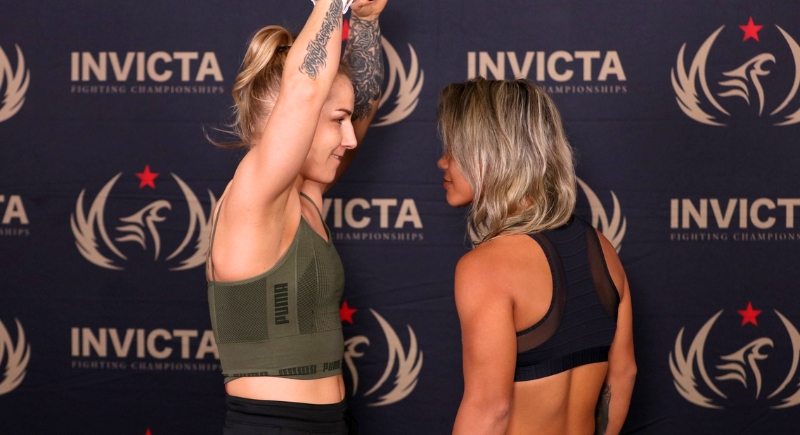UFC Weight Classes Explained And Which Ones Fighters Dread the Most
Size matters in the UFC to make sure fights are fair and competitive. The right weight class can make or break a fighter’s career. Some divisions have razor-thin gaps, while others jump by nearly 60 pounds! A few extra pounds can mean heavier punches or a serious endurance drop.
Let’s break down every UFC weight class and the surprising differences between them.
Men’s Flyweight (125 lbs / 56.7 kg)

Credit: Youtube
Flyweights are the lightest male fighters in the UFC. Apart from strikes, they rely on speed and footwork. Their fights often have nonstop action and high-volume attacks. Champions in this division rarely hold the belt for long. As of March 2025, Alexandre Pantoja is the Flyweight champion.
Men’s Bantamweight (135 lbs / 61.2 kg)

Credit: Instagram
Bantamweights bring more knockout power without losing speed. Their fights showcase elite striking, rapid scrambles, and explosive finishes. This division is highly competitive, with new contenders emerging often. Fighters here must be well-rounded to succeed.
Men’s Featherweight (145 lbs / 65.8 kg)

Credit: Youtube
Featherweights have a rare balance of speed, power, and endurance. They deliver high-paced fights and dramatic finishes. Many champions in this division have become UFC legends. Featherweight title fights often steal the show on big-fight cards.
Men’s Lightweight (155 lbs / 70.3 kg)

Credit: Wikimedia Commons
Lightweights dominate UFC rankings with elite fighters. Their mix of wrestling and cardio makes them dangerous. This division produces some of the greatest rivalries and pay-per-view fights.
Men’s Welterweight (170 lbs / 77.1 kg)

Credit: Instagram
Welterweights hit harder but still move fast. They have the strength to knock opponents out and the skills to submit them. This division features legends and rising stars. Belal Muhammad is currently the reigning Welterweight champion.
Men’s Middleweight (185 lbs / 83.9 kg)

Credit: Youtube
Middleweights have knockout power and elite grappling skills. Their fights often end in brutal finishes or slick submissions. This division has produced some of the UFC’s biggest stars.
Men’s Light Heavyweight (205 lbs / 93.0 kg)

Credit: Youtube
Light heavyweights are among the hardest hitters in the UFC. Their size allows them to generate massive power, and one punch can instantly change the fight. This division has a long history of dominant champions and unforgettable fights.
Men’s Heavyweight (265 lbs / 120.2 kg)

Credit: Youtube
Heavyweights deliver the most devastating knockouts. Their fights often end in the first round with one clean punch. These fighters rely on raw power but must also manage endurance. A single mistake can cost them the fight. Jon Jones is the Heavyweight champion, with Tom Aspinall as the interim titleholder.
Women’s Strawweight (115 lbs / 52.2 kg)

Credit: Instagram
Strawweights are known for their speed and footwork. But they also stand out for technical striking. Their fights are often action-packed with high-volume exchanges. Fighters in this division must be strategic and relentless.
Women’s Flyweight (125 lbs / 56.7 kg)

Credit: Instagram
Flyweights combine agility with striking power. They can fight at a high pace while landing hard shots. This division has produced dominant champions who control fights with skill and technique. Fighters must master multiple styles to succeed.
Women’s Bantamweight (135 lbs / 61.2 kg)

Credit: Youtube
Bantamweights are known for their strength and versatility. They can end fights with knockouts or submissions. This division has seen legendary rivalries and dominant champions. Fighters must be tough, technical, and smart in the cage. Julianna Peña is the reigning Bantamweight champion.
Women’s Featherweight (145 lbs / 65.8 kg)

Credit: Youtube
Featherweight is the heaviest women’s division in the UFC. It has fewer fighters, making it less stable. Some of the most powerful female strikers compete here. Right now, the Featherweight title is vacant, and there is no official champion.